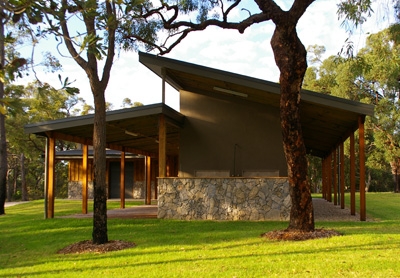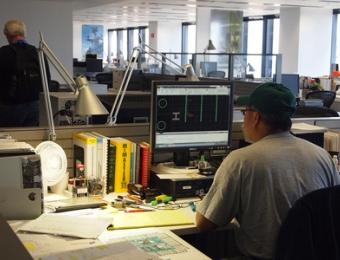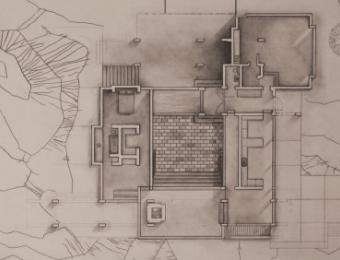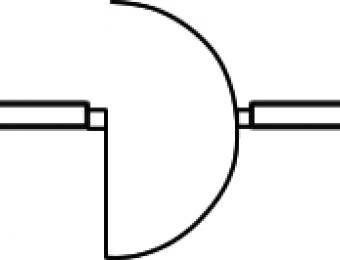
The famous architect Frank Gehry once said "I don’t know why people hire architects and then tell them what to do" (and there are probably a few architects, building designers and other building pros chuckling as they read that). This is probably a fair place to start in an article about how to liaise with building designers and architects - particularly because it’s not always clear where your briefing should stop and where the designer’s input starts.
But I really know what I want
Building a home’s a very emotional thing for most of us. Not only because it’s going to be our own most private, sacred space, but also because for most, it’s probably going to be the biggest investment we’ve ever made.
If you’re at the point where you’re ready to talk to an architect or a building designer, it’s also likely that ideas have long since started to percolate in your mind about how the house should be - how it should look, what shape it’ll take, what kinds of materials you want, what shade of green you’re going to have in the kitchen, what type of bench you want and so forth…
At this point though, it’s often a good idea to take stock of exactly how committed you are to the things you want and need - and understand that a very significant part of an architect or building designer’s job is to apply their own creative vision and technical know-how to your brief.
If you’re absolutely committed to a very detailed set of specific design ideas, you may be able to find an architect or building designer who appreciates and shares your vision.
Most of us aren’t really aware of how little we know, though – both about practical issues, and about good house design. We know what we like (e.g. a green kitchen) and what we need (e.g. three bedrooms), but there’s a yawning gap between identifying these things and actually implementing them into a beautiful, practical, appropriate and efficient house.
How does briefing work?
If you’ve never worked with a building designer or architect, don’t worry. Having a home designed specifically for your own purposes is something most of us will only ever do once or twice in a lifetime (if at all) – nobody expects you to be an expert.
It’s mostly up to your architect or building designer to extract all the right information from you to design a building you’ll be pleased with. Getting this right is as important for them as it is for you.
Architects and building designers will each have their own briefing / interview process designed to methodically flesh out your needs, your budget, and any preferences or tastes you have in terms of general style or specific features.
Remember that you’re hiring your architect or designer because of their technical expertise and - just as importantly – their creative ability. Some details (like choices of specific materials) are better left to the architect or building designer, both for practical reasons and to ensure that they’re able to create a complete, cohesive ‘style’.
Less may be more where briefings are concerned in some instances – talk to your designer about the detail you’re providing, and be open to compromise.
Setting a pricing structure
Architects and building designers will normally charge in one of either three ways, depending both on how they operate, and what makes the most sense for your project.
Generally speaking, there are three ways that they charge:
- Percentage fees – architects and designers are often employed on the basis that they’ll get paid a percentage of the overall cost of the project or allocated budget. The exact percentage charged will normally vary depending on the overall cost, with higher percentages being charged for smaller projects.
- Fixed fee projects – If it’s very clear what you need from the briefing stage (or very clear about how much you’re able to afford), then the architect may be able to tailor a fixed fee for your project.
- Hourly rates – While working without a fixed budget might sound daunting, in some cases it’s better for both you and the architect/building designer. Provided that careful records are kept, it’s a good way to ensure that you’re only paying for the amount of work that’s been done. It also means the architect or designer isn’t worried about committing effort over and above a given amount.
If you’re able, it’s always a good idea to get at least three quotes – even if you prefer the work of one particular designer.






